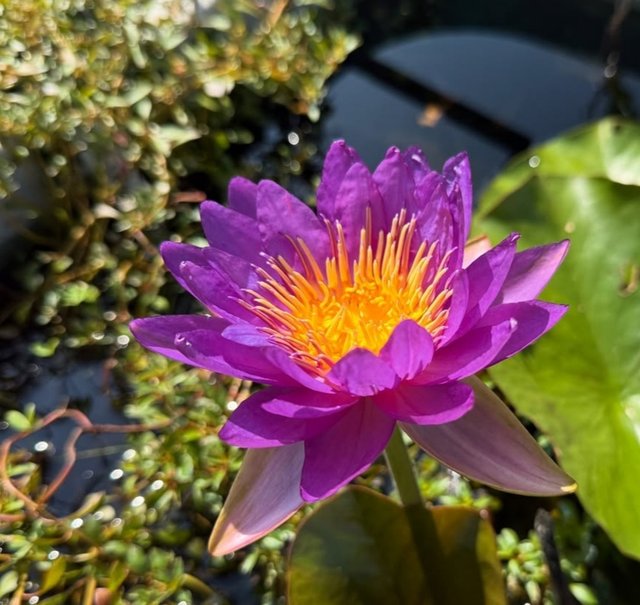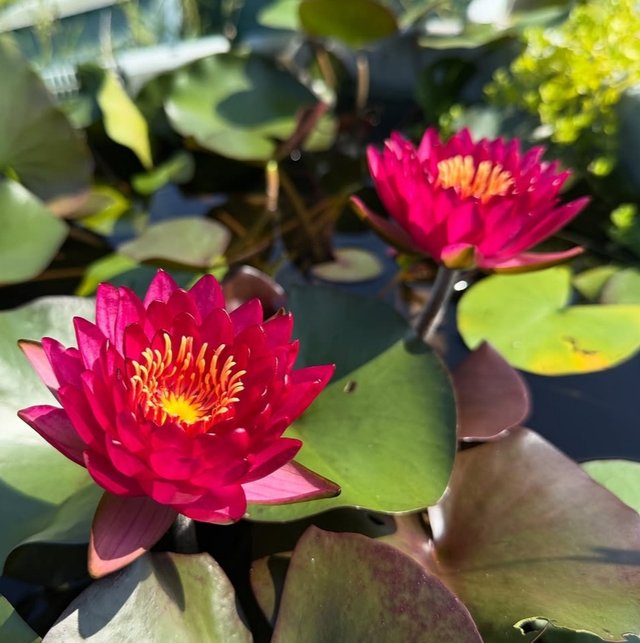Egyptian Lotus Flower
Egyptian Lotus: A Sacred Symbol of Beauty and Rebirth
The Egyptian lotus, also called the white lotus or water lily, is one of the most iconic and revered plants in ancient and modern cultures. This aquatic flowering plant has graced the waterways of the Nile River for thousands of years, becoming a symbol of purity, spiritual enlightenment, and creation in Egyptian mythology. Its delicate, star-like white petals and fragrant blooms have inspired art, religion, and literature across civilizations.
Botanical Description
The Egyptian lotus is a perennial aquatic plant belonging to the family Nymphaeaceae. It thrives in slow-moving or still freshwater environments such as ponds, lakes, and rivers. Its round, green leaves float on the water’s surface, while its roots anchor deep into the muddy bottom. The flowers are striking: white or sometimes pinkish-white with numerous petals that open at night and close in the morning—a behavior known as nyctinasty. This nocturnal blooming habit has fascinated botanists and symbolists alike.
Cultural and Historical Significance
The Egyptian lotus played a central role in ancient Egyptian culture. It was more than just a beautiful flower—it was a sacred emblem representing creation and rebirth. In Egyptian mythology, the lotus was believed to have emerged from the primordial waters of Nun, giving birth to the sun god Ra. This story linked the flower to the daily rebirth of the sun and the concept of eternal renewal.
Depictions of the lotus appear in temple carvings, hieroglyphs, and tomb paintings. It often adorned the capitals of ancient Egyptian columns, serving as a motif of fertility and purity. The flower’s association with the afterlife was so significant that lotus blossoms were placed in burial sites as offerings for safe passage into eternity. The Book of the Dead even mentions the lotus as a symbol of resurrection, allowing the deceased to be “reborn” in the afterlife.
Religious and Philosophical Symbolism
Beyond Egypt, the lotus became a universal spiritual symbol. In Buddhism and Hinduism, it represents enlightenment, detachment, and divine beauty—growing in muddy waters yet remaining pure. While the blue lotus often steals the spotlight in discussions of Egyptian religion, the white Egyptian lotus also held immense sacred value, symbolizing the moon, serenity, and the feminine divine.




%20(7).jpeg)